The Impact of Technology on Children‘s Hearing
Kids today know how to swipe screens before they can even talk. In addition, the increasing use of devices leads to more sound exposure from an early age. In the past, loudspeakers were more common. As a result, it was easier to manage the volume as the entire household knew the loudness. Today, however, kids often use headphones and earphones, and adults can't hear the sound level. As a result, it's more challenging to monitor how loud the volume is.

More Children With Hearing Issues
Hearing damage is permanent and can impact kids' social and educational skills. In addition, children are running their hearing mileage clock much faster than we did before. This impact on hearing is a mix of the time kids spend using devices and their volume.
Volume and Duration
Adult headphones can generate high volumes. In addition, exposure time is much greater with things such as endless content playing on YouTube. It's all about cumulative sound exposure over time—the WHO recommends that children don't listen to volume higher than 85dB for long periods. According to them, 85dB can be safe for listening up to 8 hours, while listening to 94dB volume can be safe for less than 2 hours.
When Can Kid's Start Using Headphones
There's no age limit on when children can start using headphones. Overall the use of headphones isn't an issue. It's all about choosing the right pair of headphones for your child. Children tend to maximize the volume when listening, so regulating the sound exposure is vital to keep their hearing safe. We designed BuddyPhones to limit the maximum volume of the headphones strictly. We need to produce a very even and balanced spectral response with low distortion.
Protect Children's Hearing
Parents need to manage the cumulative exposure. Good practice around health and wellbeing is also an essential factor in the hearing organs' recovery. That includes good nutrition and ample sleep. Help raise awareness on Noise-Induceessential Loss, educate our kids about safe listening habits, and ensure our little one's ears are protected.
Want to Learn More About Safe Listening?
Suppose you want to know more about how to prevent NIHL.
In that case, you can visit the Centers for Disease Control and Prevention website
Cleveland Clinic: Noise-Induced Hearing Loss (NIHL)
See Noisy Planet's guide for parents, Where is the noise, and Tips to Teach Kids.
You can also visit our website for tips and tricks on preventing NIHL (www.buddyphones.com/pages/protect-your-hearing)
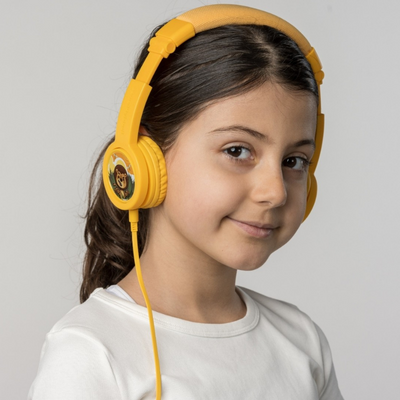
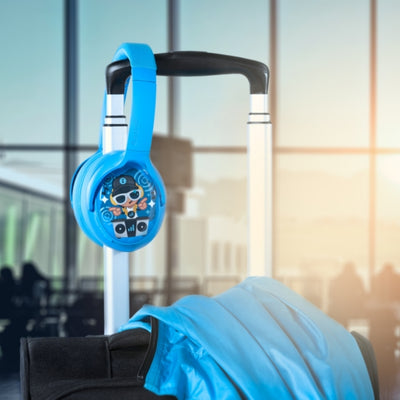
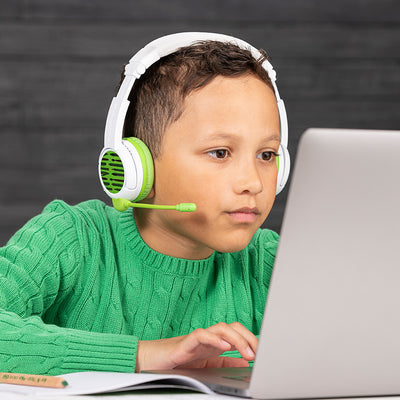
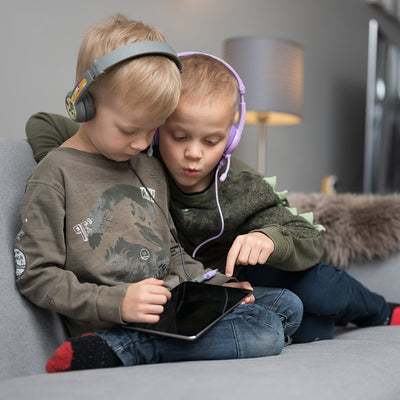
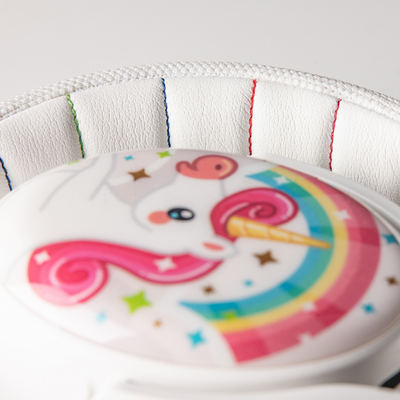




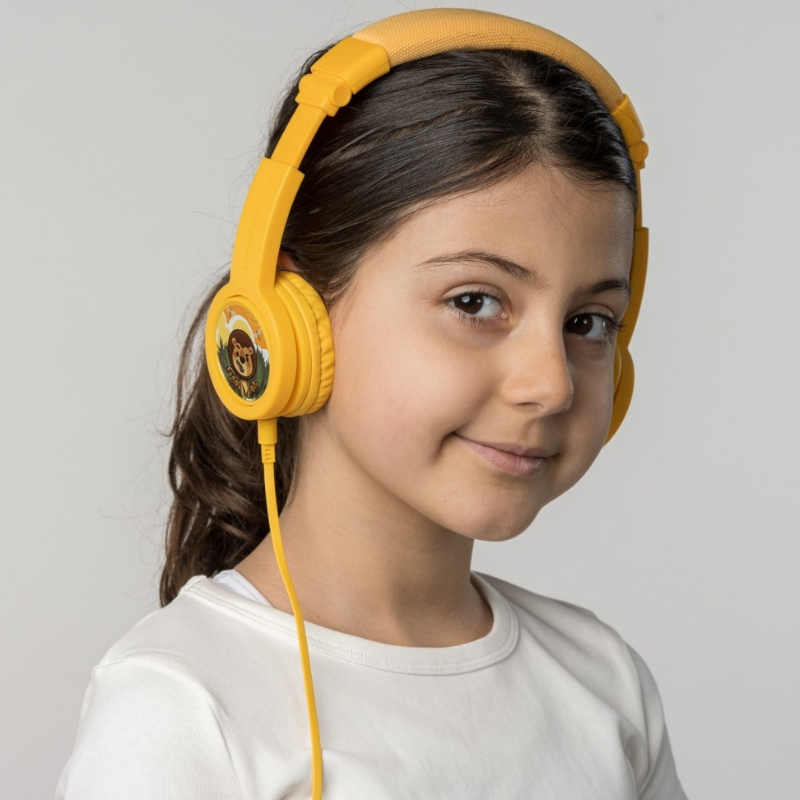
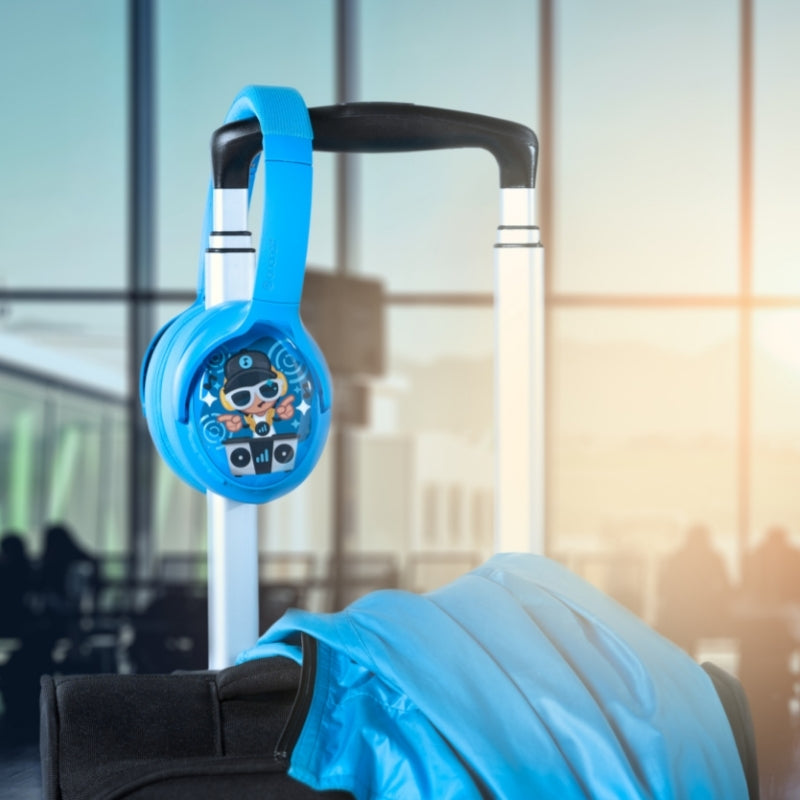
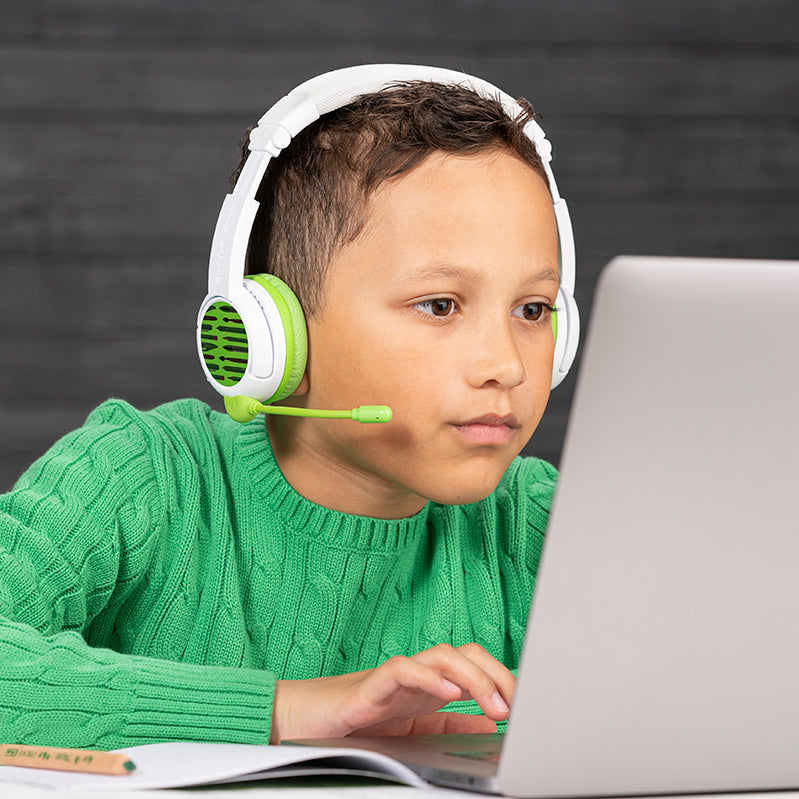
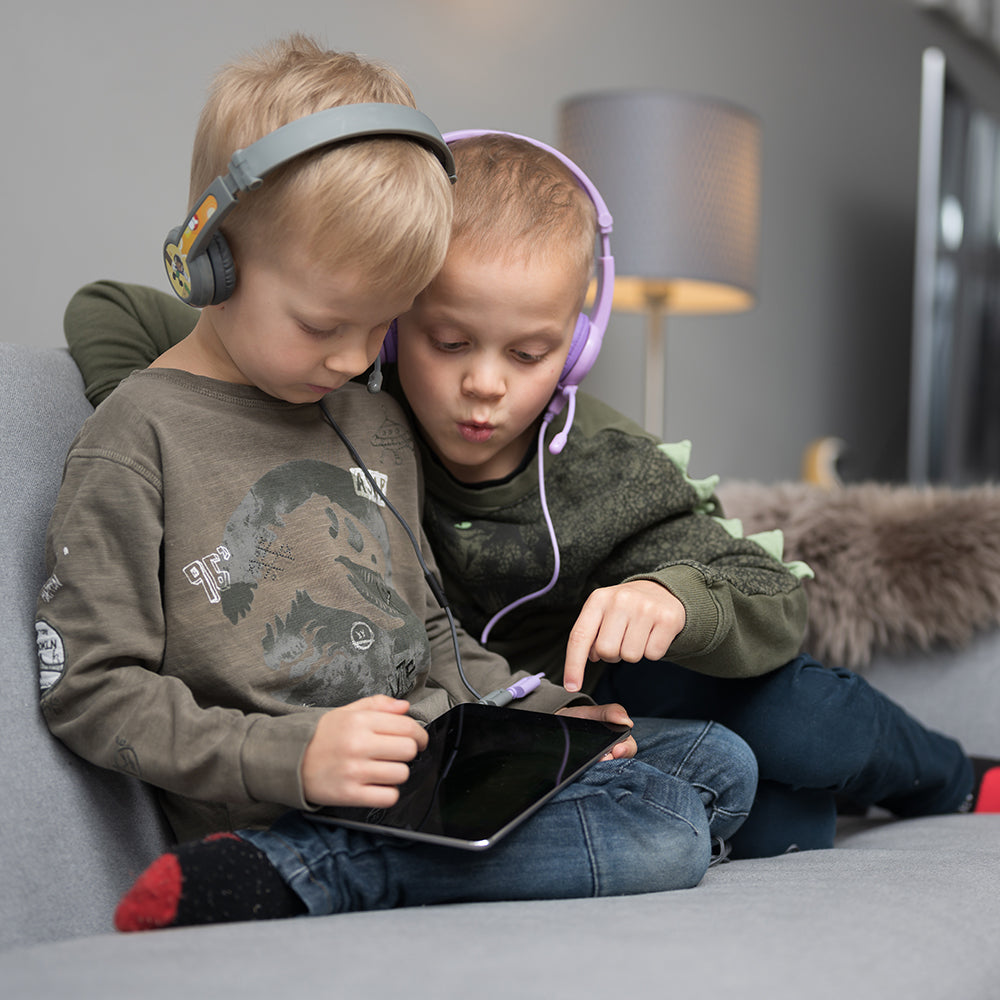
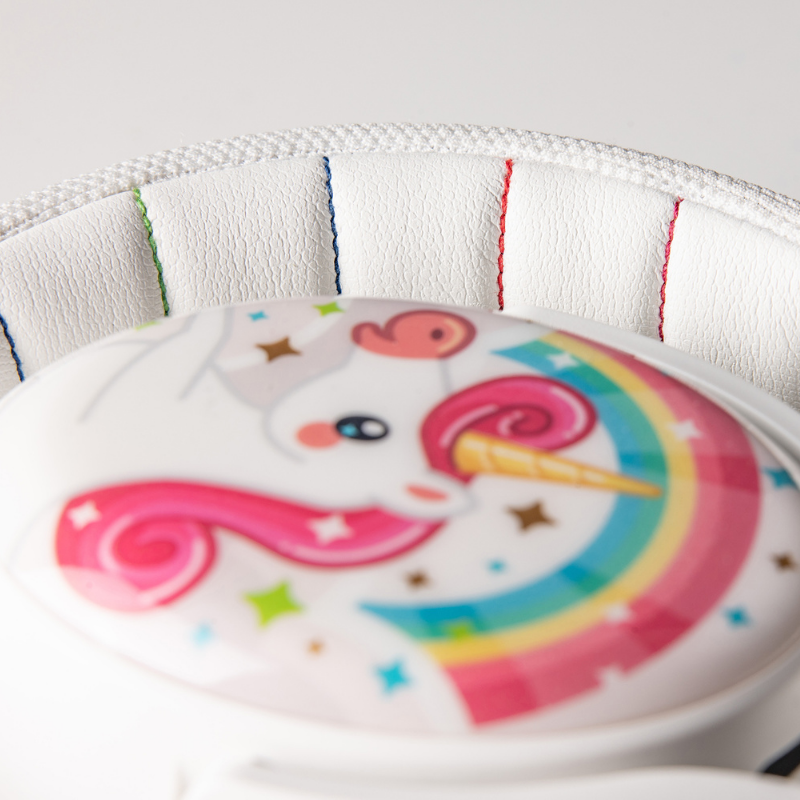
Leave a comment